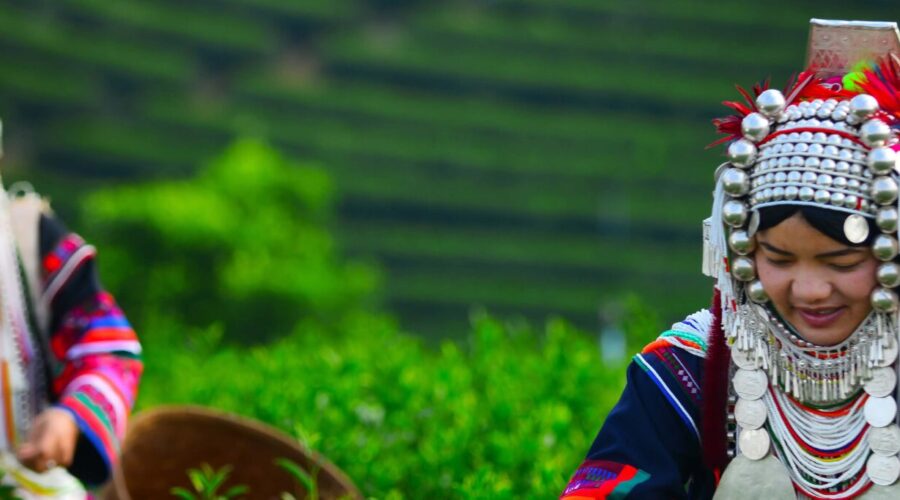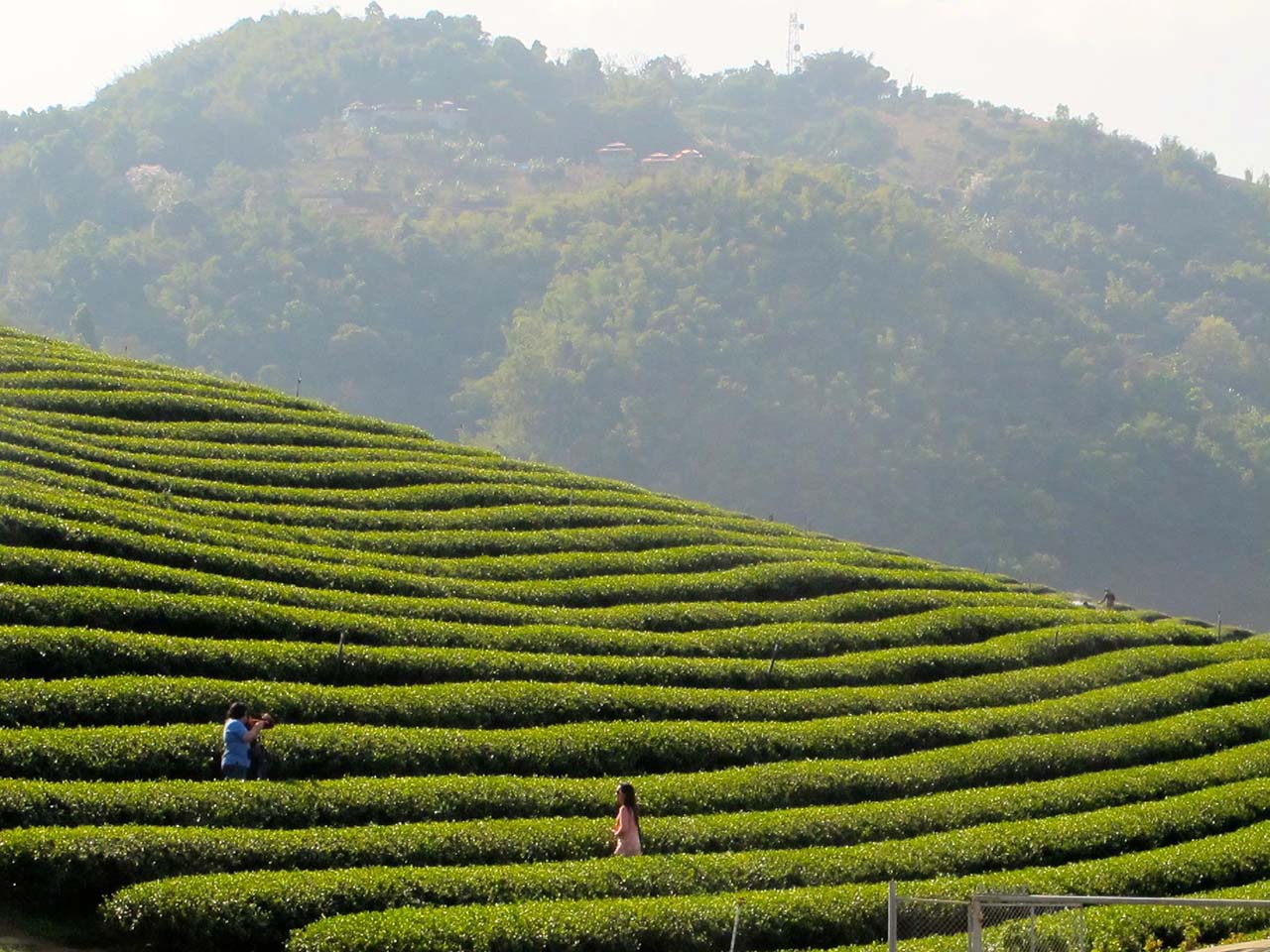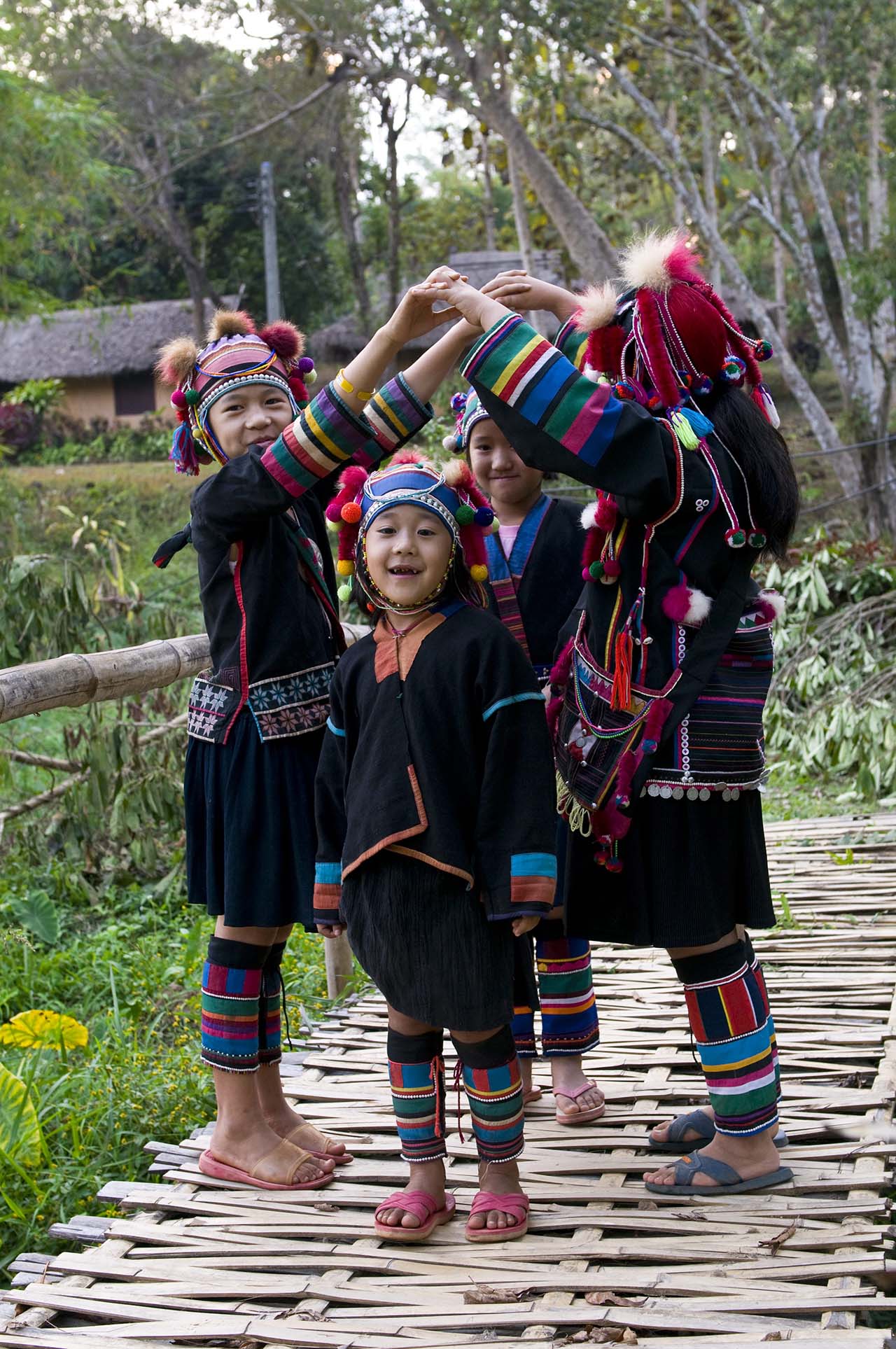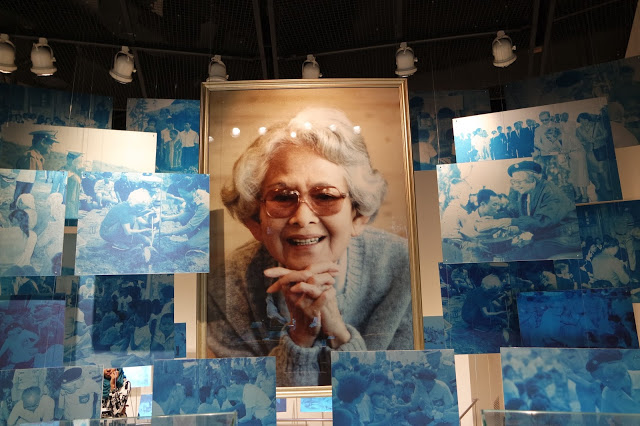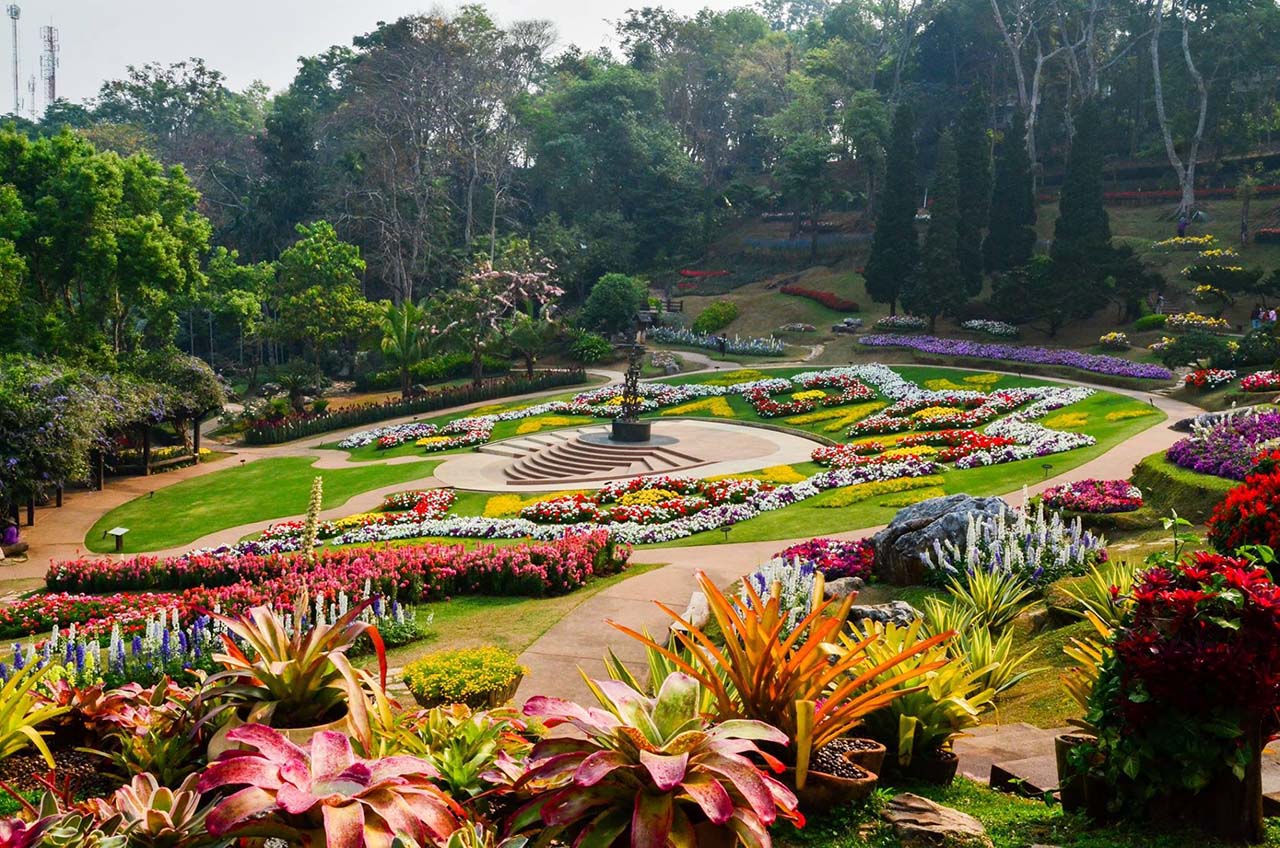Doitung Project: from poverty to sustainable living in Thailand’s Golden Triangle
In the heart of the so-called Golden Triangle and about three hours-drive from its better-known neighbour Chiang Mai, Chiang Rai has undergone one of the biggest transformations seen anywhere in Thailand, thanks to the Doitung Project.
Visitors to the region today would find it hard to believe that just over 30 years ago the people of Doi Tung lived a very different existence. The former opium economy depended on opium poppies for their livelihood. Forests were being decimated, there was people smuggling and high levels of addiction.
In about 1988 the Princess Mother, Princess Srinagarindra, got involved. She developed the Doi Tung Development Project, which was all about creating a sustainable industry and living and lifestyle for the people so they lived in a better place and a better way.
Under the patronage of the late Princess Mother, the Mae Fah Luang Foundation (MFLF) was founded to carry out development activities so that the quality of life of Thailand’s ethnic minorities in the Doi Tung area could be raised. These activities took the form of livelihood development, which encompassed the reforestation of watershed areas and the development of various social enterprises to benefit local people.
The project aimed to create self-sufficient communities that would become independent of external support and well equipped to adapt to the changing environment.
The Princess Mother recognized that narcotic crop cultivation is a symptom of poverty and a lack of opportunity, which can drive people to break the law-she believed that no one wants to do bad things inherently. Once people’s health is taken care of, Her Royal Highness believed that development should help people to help themselves, by creating viable and sustainable livelihood options. Afterward, education would lay a foundation for long-term development.
“For development to work, basic needs must be tackled first. Without adequate income, people have no choice but to deforest land through illegal logging, and engage in other illegal activities such as opium cultivation and prostitution.” This was part of the address made by the late Princess Mother in 1988 when the handicraft training centre was launched alongside the reforestation project, as an alternative enterprise for people in the locality.
After the passing away of the Princess Mother, His Majesty the King took the foundation under patronage and appointed his daughter, Her Royal Highness Princess Maha Chakri Sirindhorn, as its chairperson.
One of the great dilemmas of the King’s was working out which crop would deliver the best value for the farmers so they would stop growing opium. These days the hills are alive with the world’s most popular legal drug – caffeine. The locals now cultivate coffee plantations, and growing alongside, the world’s most expensive nuts: macadamias.
Thanks to the program, the 29 villages of 6 different ethnic groups now live here peacefully, harmoniously and self-sufficiently. Without the program, kids would never have been able to play in the streets like they do today.
Not far away is The Mae Fah Luang Garden, which was originally built as a summer residence for the Princess Mother. It now houses a museum and displays the work of how she improved the lives of local hills tribe people.
Just around the corner from the Royal Villa is the beautiful Village Garden. The village was once based here but the Princess Mother asked them to move to a new location because this was the hub of opium trading. Instead, she wanted to create a garden, which featured European flowers because many Thai people would never have the chance to travel to Europe. If they visited this garden they could experience the wonders of the World in one location.
For more information about the Doi Tung Development Program, visit www.doitung.org
Source link : Doitung Project: from poverty to sustainable living in Thailand’s Golden Triangle

